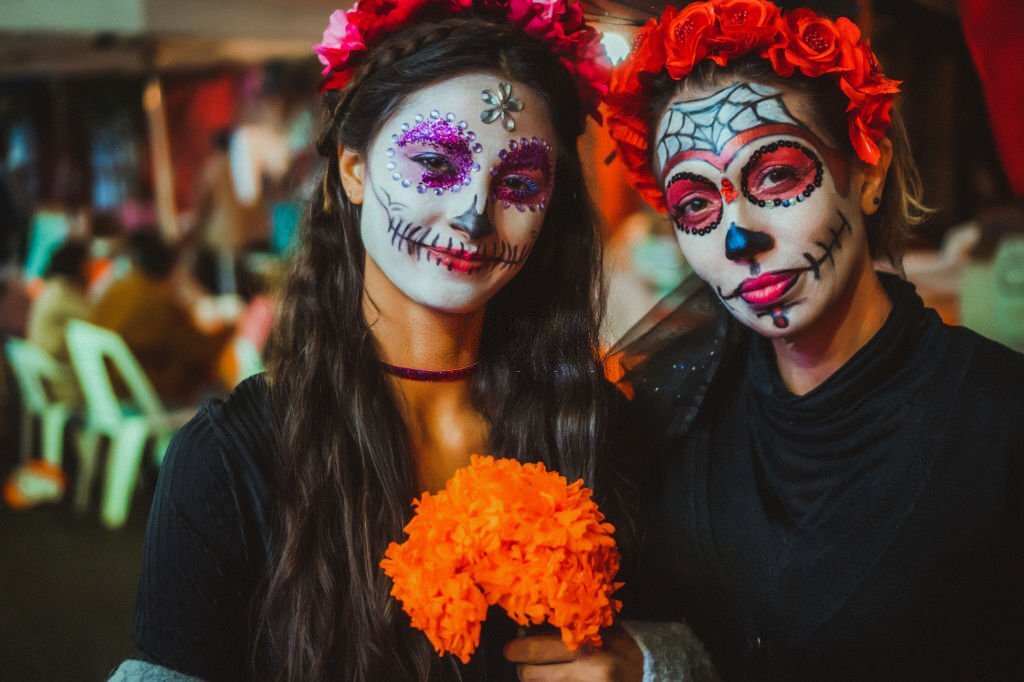Table of Contents
Discover the vibrant Guatemalan Feast on All Saints Day, a captivating celebration blending faith, food, and tradition.
In the heart of Central America lies a country rich in cultural heritage and traditions, where faith, food, and facts converge on a special day known as All Saints Day. Guatemala, with its vibrant indigenous communities and deep-rooted Catholic beliefs, celebrates this occasion in a unique and captivating manner. Join us on a journey as we delve into the Guatemalan Feast on All Saints Day, exploring the customs, culinary delights, and historical significance that make this celebration truly remarkable.
The Importance of All Saints Day in Guatemala
Guatemalan Feast on All Saints Day celebrated on November 1st, is a significant religious holiday in Guatemala. It is a time when Guatemalans honor and remember their deceased loved ones, paying homage to the saints and martyrs. This day is marked by a blend of indigenous Mayan traditions and Catholicism, creating a fascinating fusion of faith and culture.
Preparations and Decorations
1. Altars of Remembrance
One of the most prominent customs during the Guatemalan Feast on All Saints Day is the creation of altars, known as “altars” or “Ofrendas,” adorned with vibrant marigold flowers, candles, and photographs of the departed. These altars are meticulously arranged in homes and cemeteries to welcome the spirits of the deceased.
2. Giant Kites of Sumpango
In the town of Sumpango, intricate and massive kites are crafted and flown on All Saints Day. These kites, some as large as 50 feet in diameter, symbolize the connection between the living and the deceased. They are adorned with colorful designs and messages of love with Fairfield Acceptance Rate.
Traditional Foods
3. Fiambre
The culinary highlight of All Saints Day is “Fiambre,” a cold salad featuring a vast array of ingredients. Families prepare this dish with great care, incorporating up to 50 different ingredients, each representing a different family member or friend. Fiambre is a delicious and unique Guatemalan tradition.
4. Chuchitos and Tamales
Chuchitos and tamales are also popular during this celebration. These delicious maize-based dishes are full of numerous components, which include meat, vegetables, and spices. They are wrapped in corn husks and boiled to perfection.

The Role of Religion
5. Processions and Church Services
Guatemalan towns and cities come alive with vibrant processions and church services on All Saints Day. Devotees get dressed in traditional garb and carry spiritual icons through the streets, honoring the saints and their ancestors. Church services are a primary part of the day, fostering an experience of network and religion.
Historical Significance
6. Mayan Influence
The fusion of Mayan and Catholic traditions during All Saints Day is a testament to Guatemala’s rich history. The Mayan civilization, with its deep reverence for ancestors, has left an indelible mark on the way this holiday is celebrated.
7. Colonial Legacy
The Spanish colonial period also played a significant role in shaping All Saints Day in Guatemala. The introduction of Catholicism melded with indigenous customs, creating a unique syncretic celebration with Traditional Lifestyle.

Facts That’ll Blow Your Mind
As we continue our exploration of the Guatemalan Feast on All Saints Day, it’s essential to delve into some intriguing facts that add depth to this unique celebration:
- Multiple Days of Celebration: While the Guatemalan Feast on All Saints Day officially falls on November 1st, the festivities in Guatemala often extend over several days. The day before, known as All Saints Eve or “Dia de Todos los Santos,” is also significant. Families gather for preparatory rituals and communal meals.
- Community Collaboration: The creation of the giant kites in Sumpango is a community effort. Families, friends, and neighbors come together to construct these elaborate kites, emphasizing the spirit of togetherness and collaboration.
- Marigolds and Their Symbolism: Marigold flowers, known as “cempasúchil” in Guatemala, play a central role in the Guatemalan Feast on All Saints Day altars and decorations. These vibrant orange and yellow flowers are believed to guide the spirits of the deceased to the living.
- Indigenous Languages: Guatemala is home to a remarkable linguistic diversity, with over 20 indigenous languages spoken alongside Spanish. During Guatemalan Feast on All Saints Day celebrations, you can hear a beautiful blend of these languages, reflecting the country’s multiculturalism.

- Candlelit Pathways: Candles are an integral part of altar decorations and processions. They not only illuminate the way for the spirits but also create a mesmerizing and ethereal atmosphere in cemeteries and churches.
- Unique Regional Variations: While the core elements of All Saints Day are observed throughout Guatemala, each region adds its unique touch. Different towns and villages may have specific traditions and dishes that make their celebrations distinctive.
- Influence on Modern Art: The artistry and craftsmanship involved in creating the giant kites have attracted the attention of the international art community. Some artists from Sumpango have gained recognition for their work, showcasing the fusion of traditional and contemporary art.
- Interplay of Faith and Ancestry: All Saints Day beautifully encapsulates the coexistence of Catholicism and indigenous spirituality in Guatemala. It’s a testament to the adaptability of cultures and the enduring significance of honoring both faith and ancestry.

Final Words on Guatemalan Feast on All Saints Day
The Guatemalan Feast on All Saints Day is a mesmerizing celebration that encapsulates the country’s cultural diversity and spiritual depth. It’s a day when faith, food, and facts come together in harmony, showcasing the enduring traditions that define Guatemala’s identity.
FAQs about the Guatemalan Feast on All Saints Day
1. What is the origin of All Saints Day in Guatemala?
Guatemalan Feast on All Saints Day has both Mayan and Catholic roots. It combines indigenous beliefs in honoring ancestors with Catholic veneration of saints.
2. What is the significance of the giant kites in Sumpango?
The giant kites of Sumpango symbolize the connection between the living and the dead. They are crafted and flown on the Guatemalan Feast on All Saints Day to honor and remember the departed.
3. What is the main dish served during All Saints Day in Guatemala?
The main dish is “Fiambre,” a cold salad made with numerous ingredients, each representing a different family member or friend.
4. How do Guatemalans celebrate All Saints Day in their homes?
Guatemalans create altars of remembrance in their homes, adorned with marigold flowers, candles, and photographs of the deceased. They also prepare traditional foods and attend church services.





